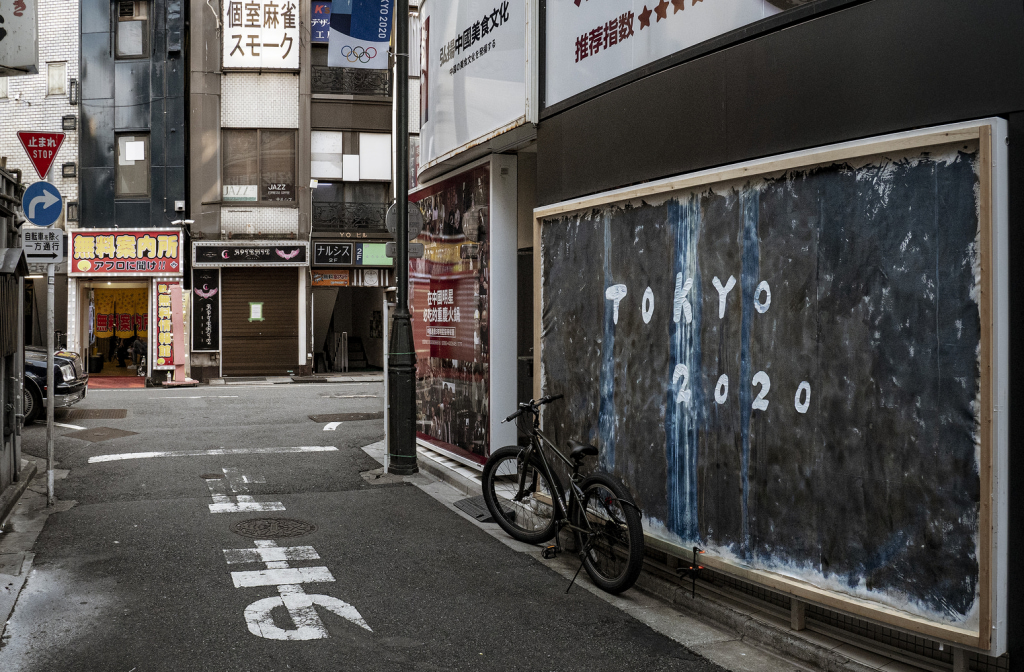As of 2022, Tokyo’s sprawling metropolis is home to some 37 million people along with an estimated population of 200,000 rats. That’s roughly one rat for every 185 citizens. If you winced a little while reading that tidbit, you are not alone in your reaction. Rats are one of the most despised pests in cities and are virtually impossible to eradicate. They are, however, also a presence and force of nature to be greatly admired.
The creative tenacity of art collective Chim Pom (stylized as Chim↑Pom) is akin to that of the rat in that they aim to thrive in any kind of environment. The group was formed in Tokyo in 2005 by its six members, Ellie, Ryuta Ushiro, Yasutaka Hayashi, Masataka Okada, Toshinori Mizuno and Motomu Inaoka – all then-twenty-something friends with a shared love for the raw and chaotic.
Chim Pom emerged during a period of national creative and social dissidence during which artistry of their caliber was not always well received. Despite this, the self-proclaimed “super rats’’ success and all-powerful presence within the contemporary art scene has been nothing short of inspiring. With a collective art career spanning nearly two decades, Chim Pom have been featured in numerous local and international exhibitions and the group’s creative range is equally as impressive as their ability to capture the essence of their chosen subjects.
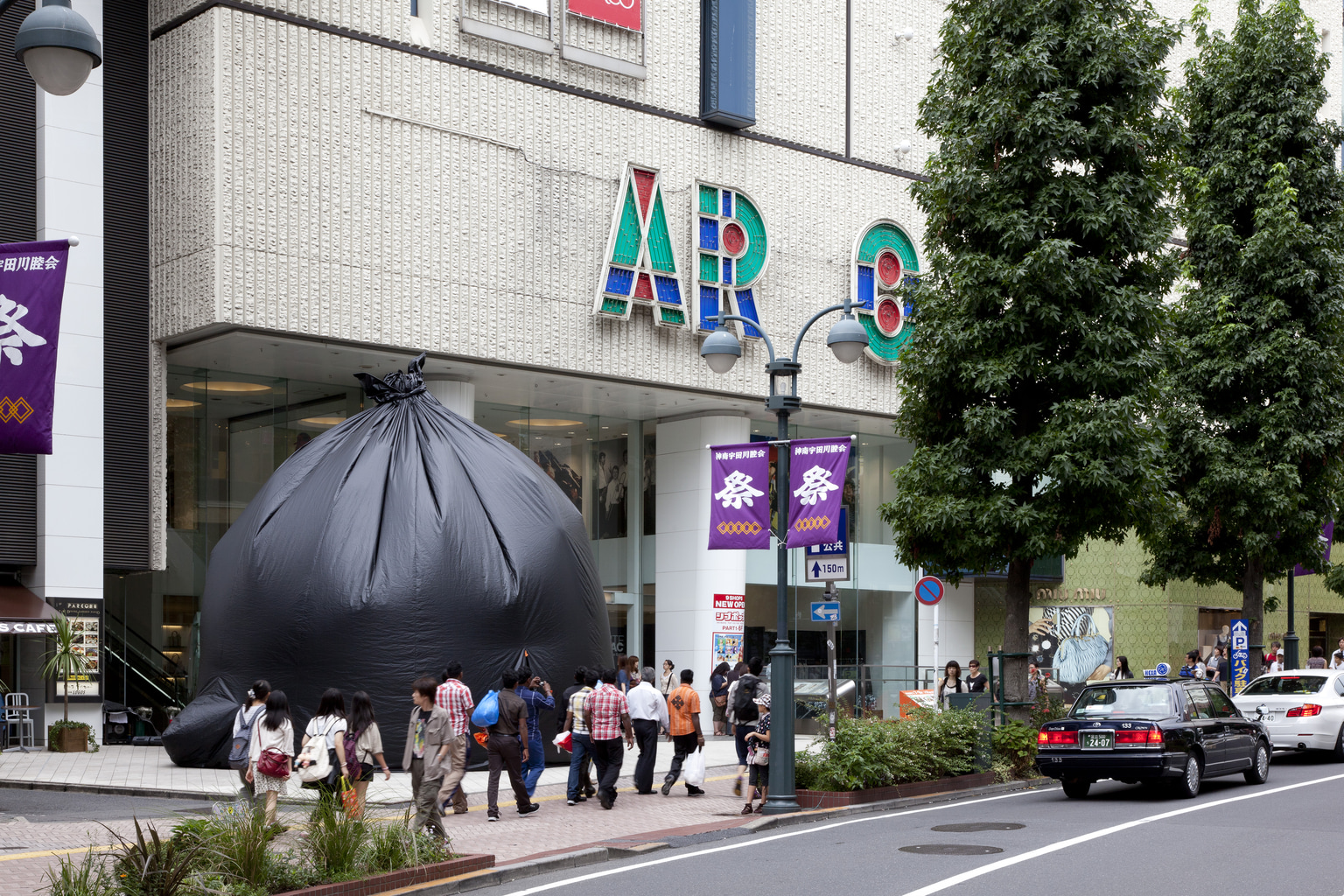
2012 Tarpaulin balloon, mixed media 650 x 800 x 600 cm Courtesy: ANOMALY and MUJIN-TO Production, Tokyo Installation view: Chim↑Pom, PARCO Museum, Tokyo, 2012
Fittingly, the rat is a central character and the unofficial mascot of Chim Pom’s highly anticipated Happy Spring exhibition which is set to be the Mori Art Museum’s focal exhibit until May 29. Happy Spring brings together many of the group’s most notable projects for the public’s viewing pleasure, while simultaneously giving a whole new meaning to the phrase “one’s trash is another’s treasure.” Urban chaos and disorder have never looked so good.
Chim Pom’s multidimensional exhibition is divided into ten overarching sections that feature works ranging in themes including Japanese society and culture, public space, human nature and struggle, mass media, consumerism, disease, natural disasters and atomic bombs, just to name a few. Despite their work’s frequent confronting of serious themes, Chim Pom’s creations are accompanied by an air of humor and wit.
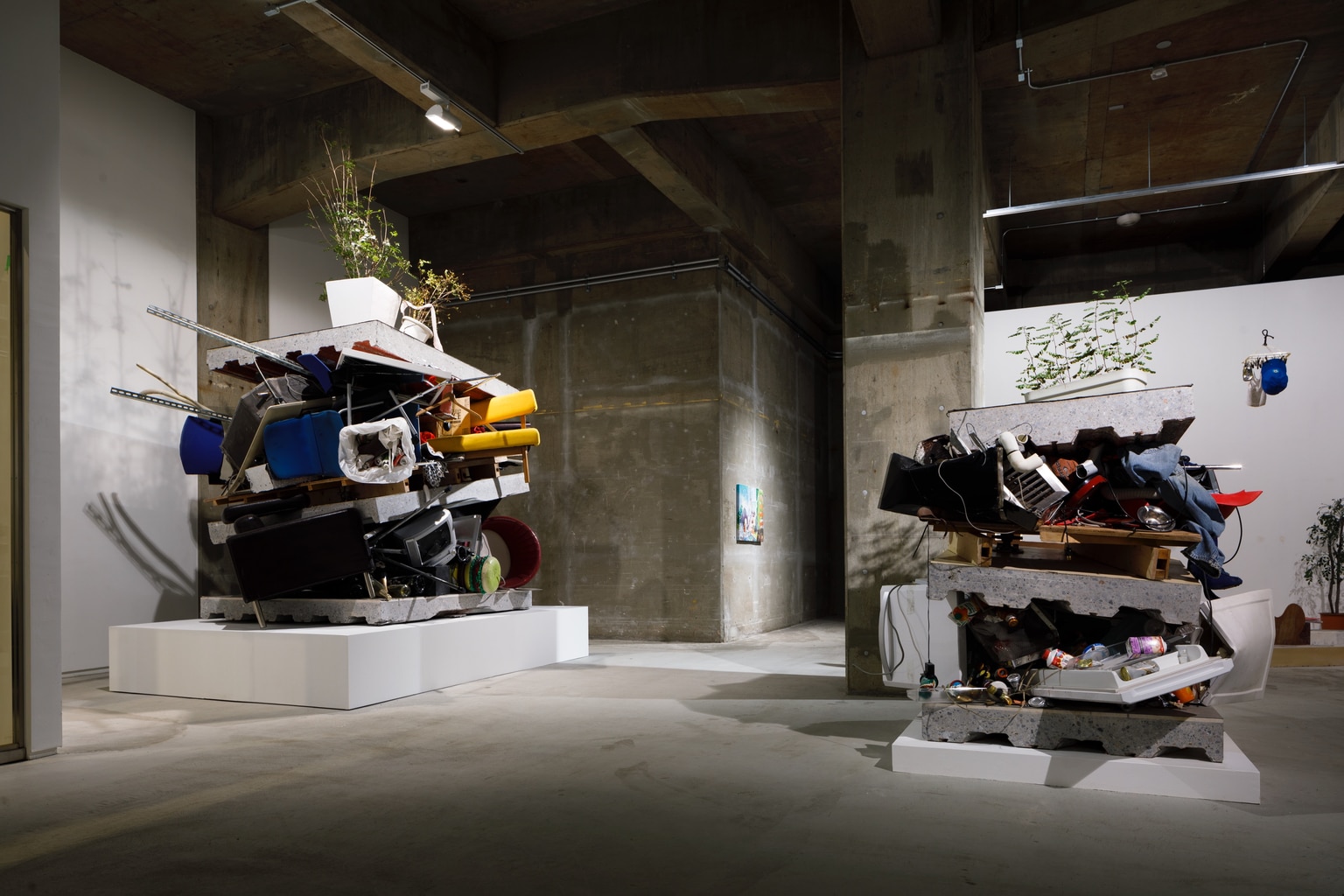
2018 Mixed media (3 layers of concrete floors cropped from “Ningen Restaurant,” various furniture and objects from each floor of the building) 400 x 360 x 280 cm (left), 186 x 170 x 155 cm (right) In cooperation with Ningen Restaurant, Smappa! Group, Koto Hiroya Private collection (left) Courtesy: ANOMALY, Tokyo Installation view: Grand Open – Marvelous Liberation -, ANOMALY, Tokyo, 2018 Photo: Morita Kenji
Street: The Issue of Publicness
The first notable section features their Street project, a body of work that defies the confines of social norms by highlighting the sorts of acts often concealed from the general public’s view. Constructed out of asphalt and scaffolding, this section features a bilayer structure made especially for the exhibition, giving the displayed works the appearance of being naturally occurring elements within a cityscape.
This first act’s focal point centers around Chim Pom’s fascination with the growth and development of Tokyo and similar urban areas, as well as the “bodies of humans living within the city.”
Amongst the collected scenes of urban grunge and chaos, a very real, raw vulnerability exists. Many of the featured projects, particularly the film pieces such as “Black of Death,” are reminiscent of early ‘00s Japan. Further callbacks to the past are featured in the “A Drunk Pandemic” exhibit – now eerily relevant to modern times – which explores the nature of humans and plague through the use of satirical objects and items reminiscent of the era. During outbreaks of cholera and plague, many people resorted to drinking beer instead of fresh water because the popular beverage was made with boiled water, thus considered safer.
Other memorable exhibits intertwined in the same gallery space include a golden rat (the latest version of the “Super Rat” newly made for Happy Spring), a colossal trash bag trampoline called “Gold Experience,” and “Erokiteru,” an interactive exhibit featuring a generator-rigged smartphone reachable by anyone with the phone number provided on-site. The special number was also previously advertised in the erotic personals section of an evening tabloid prior to Happy Spring’s opening. Each time the number is dialed, the attached set of street lamps lights up, inviting anyone to become a part of the exhibition themselves, even for just a brief moment.
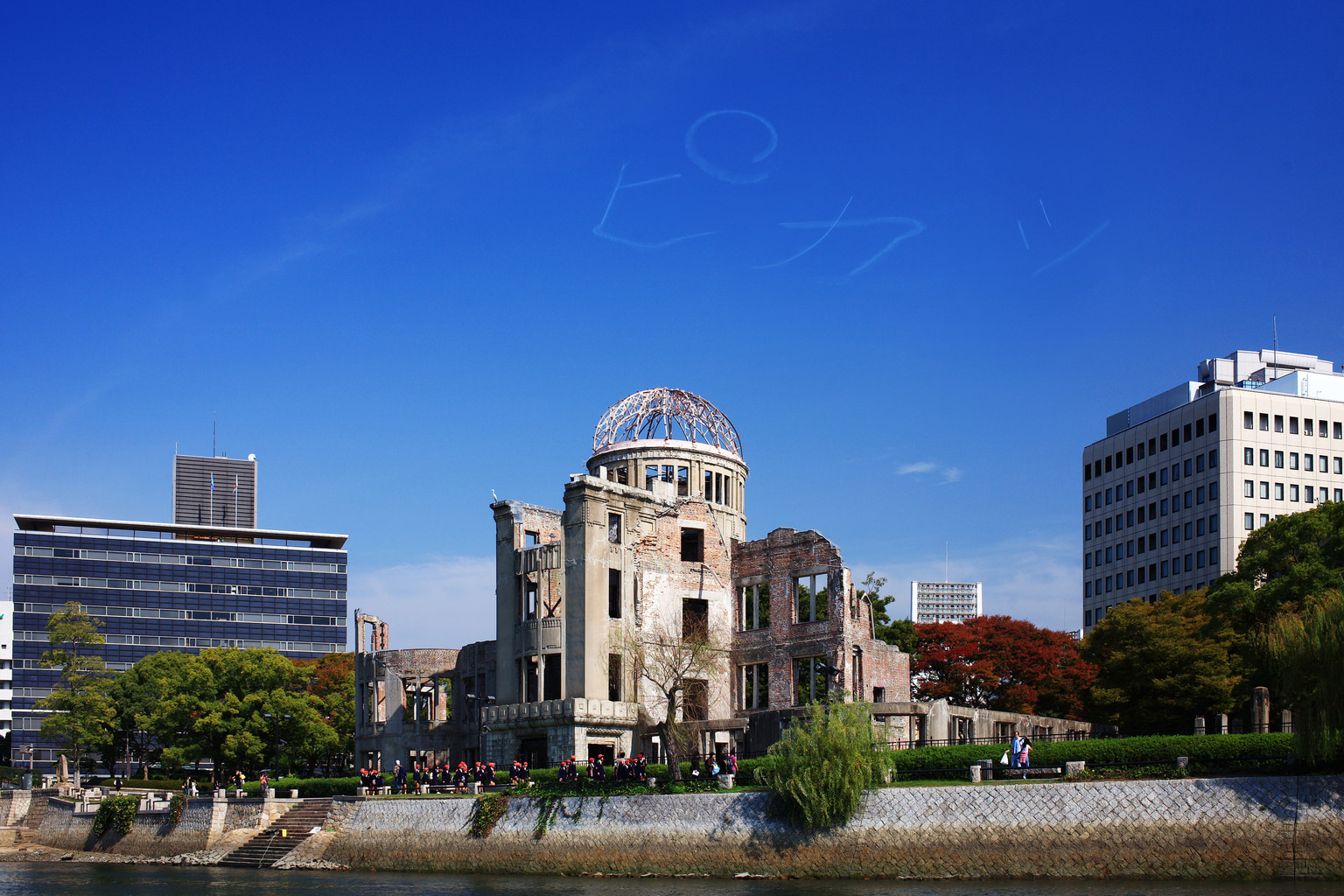
2009 Lambda print, video 66.7 x 100 cm (photo), 5 min. 35 sec. (video) Courtesy: ANOMALY and MUJIN-TO Production, Tokyo Photo: Cactus Nakao
Modern Destruction and Disaster: The Great East Japan Earthquake and the Atomic Bombing of Hiroshima and Nagasaki
As you make your way through the exhibition, it becomes increasingly clear that Chim Pom’s work evolves along with the times. This evolution is particularly visible in the group’s raw depictions of poignant events in Japan’s modern history, namely the atomic bombings of Hiroshima and Nagasaki during World War II, the more-recent 2011 earthquake and tsunami and the subsequent Fukushima nuclear disaster.
In the wake of the 2011 tragedy, the group visited the affected areas to assess the damage and document the fallout. Chim Pom’s own close proximity to the Fukushima disaster caused quite a stir among authorities, however, the group’s candid sharing of the situation’s reality with the rest of Japan and the onlooking world was met with resounding support.
Most notably, Chim Pom’s exhibitions “Don’t Follow the Wind” and “Real Times,” were created in response to the disaster event, with the former having been ongoing within the restricted Fukushima exclusion zone since 2015. “Real Times” captures the reality of the environment surrounding the Daiichi Nuclear Power Plant. Many of the works displayed within this section were produced within the span of two months following the initial earthquake.
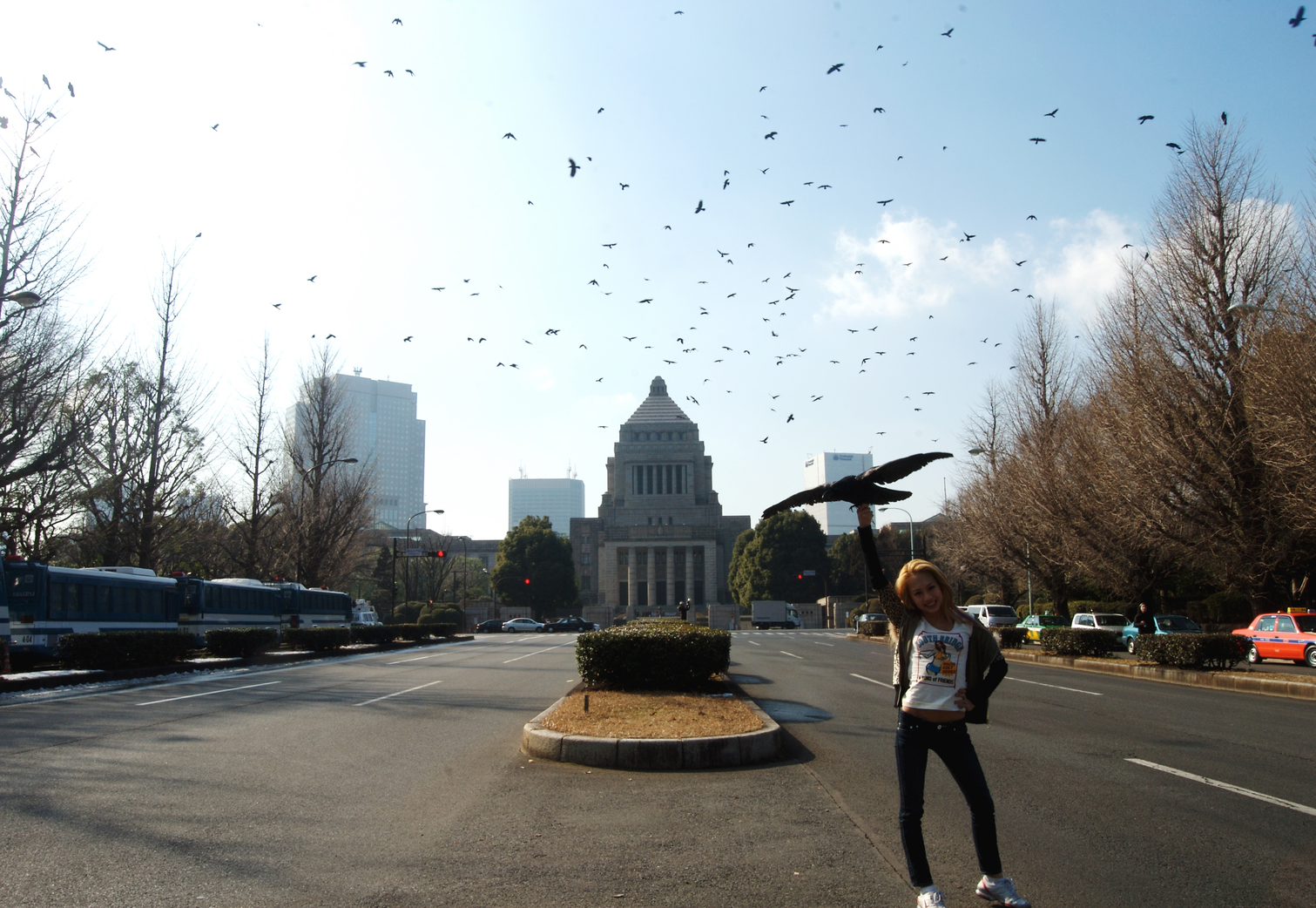
2008 Lambda print, video 81 x 117.5 cm (photo), 9 min. 13 sec. (video) Courtesy: ANOMALY and MUJIN-TO Production, Tokyo
Happy Spring consists of numerous other exhibits, so many that, in truth, this article does not do this exhibition’s sheer size, volume or scale justice. These projects must be seen and experienced in person. In fact, Chim Pom’s body of work is so expansive that not all of their projects will appear on display here.
If visitors reach the end of the exhibition and find themselves still hungry for more, a second course of Chim Pom which features works iconic to the group, including Edi Mak’s “Super Rat” and “Hyper Rat”, can be found in the Collaborative Project Space located 30 minutes from the Mori Art Museum. This space is just a 10-minute walk from Toranomon Hills Station, allowing visitors to travel directly from Happy Spring without needing to transfer. Thankfully, visitors of the Happy Spring exhibition will also be granted admission to the Collaborative Project Space. However, booking prior to your visit is required.
Updated On March 2, 2022

